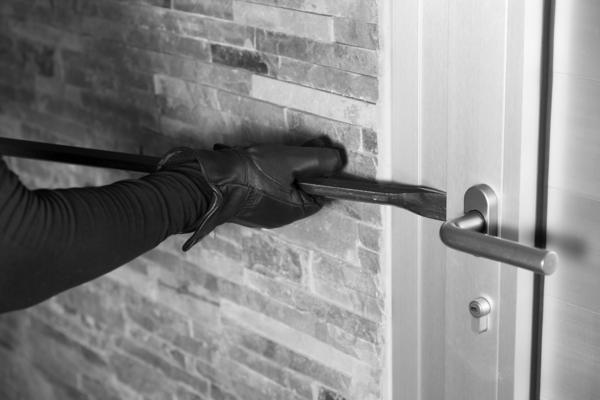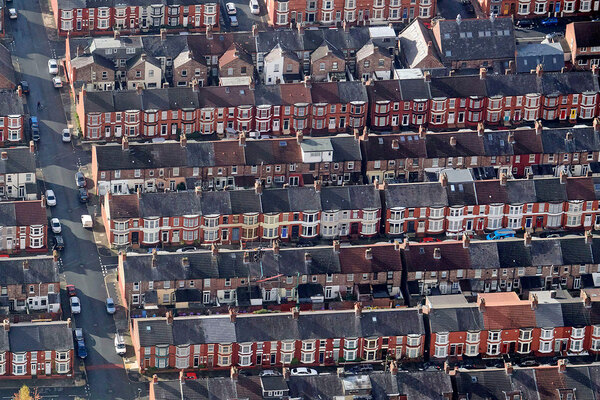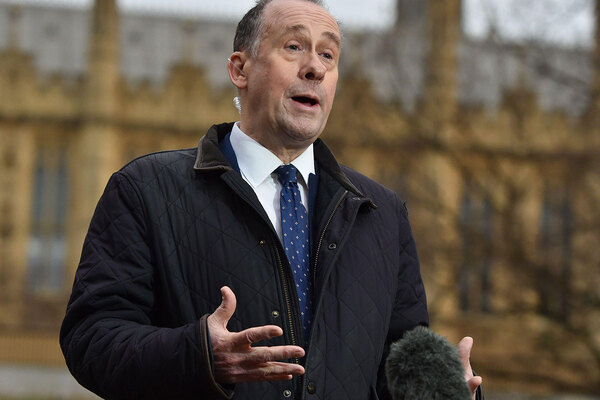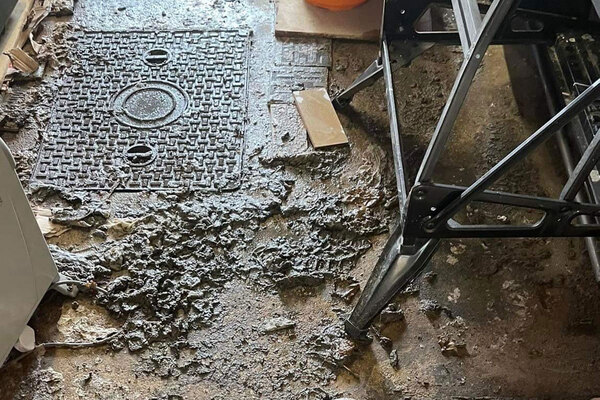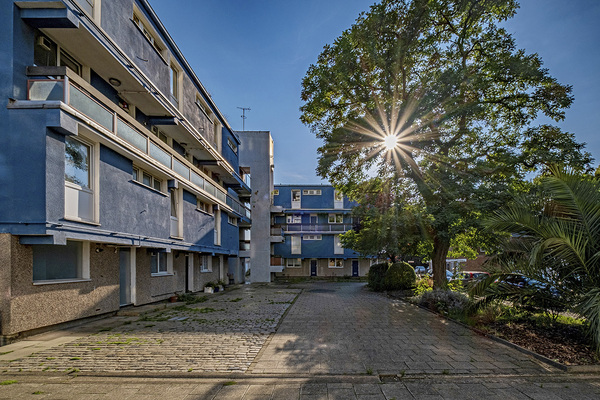You are viewing 1 of your 1 free articles
Safe as houses
Laws around the private rented sector must be tightened to stem the rise of increasing crime linked to this tenure, says Roger Jarman
For much of the post-war period, social housing was often synonymous with crime and anti-social behaviour (ASB).
Large council housing estates in particular became known as places inhabited by criminals and their victims and were seen as ‘no-go’ areas.
But much has changed in the last 30 years. The social rented sector now has a regulatory framework which has provided the platform for several decades of management activity, design initiatives and partnership work – all in part aimed at tackling crime and anti-social behaviour (ASB).
Public and private investment in estate regeneration has also helped, often linked to the creation of more mixed tenure neighbourhoods.
But what about crime and ASB in the private rented sector (PRS)?
This is important because the PRS is the fastest growing tenure in England, and now has 4.4m households, making up 19% of all households (compared to 17% in the social housing sector).
Recent research by the Police Foundation – an independent thinktank focused on improving policing for the public good – has shown that certain types of crime are associated more with living in the PRS than any other factor.
Working in Luton and Slough, the Foundation identified that burglary and non-domestic violent crime in residential accommodation were linked to living in the PRS more than deprivation, employment, social renting or any other socio-demographic census variables available for analysis.
This is perhaps not surprising given the characteristics of people now living in the lower end of the PRS and the tinder box conditions that can exist in houses in multiple occupation (HMOs).
So how can these issues be addressed?
By contrast with social housing, the PRS is only lightly regulated and has few in-built mechanisms to control crime and ASB.
In essence, there are limited incentives for private landlords to improve home security in their properties or to manage the behaviour of their tenants. There are few sanctions too that are available to the authorities to tackle these issues.
Our report calls for the Housing Act 2004 to be amended so that ‘entry by intruders’ is reclassified as a Category 1 harm.
We also call for a National Register of Landlords to be set up to ensure all private landlords pass a ‘fit and proper person’ test.
Our view is that local authorities should also be empowered to create their own PRS licensing schemes without undue restriction from central government.
Furthermore we believe any income – fees and fines primarily – generated from local licensing schemes should be invested directly in enforcement and other PRS-related activities, including those linked to crime reduction initiatives.
In its recent consultation paper, the government acknowledges that more needs to be done to tackle ‘rogue landlords’ in the PRS.
Many of our recommendations chime with the government’s proposals. The Housing Bill promised for the autumn will address some of the problems associated with the fast-expanding PRS.
Our report provides evidence that backs better regulation of the PRS by local authorities and others.
Hopefully sensible reforms of the PRS will ensure that crime can be more effectively tackled in the sector – and bring other improvements too.
Roger Jarman, Independent Housing Consultant and co-author of Safe as Houses report
